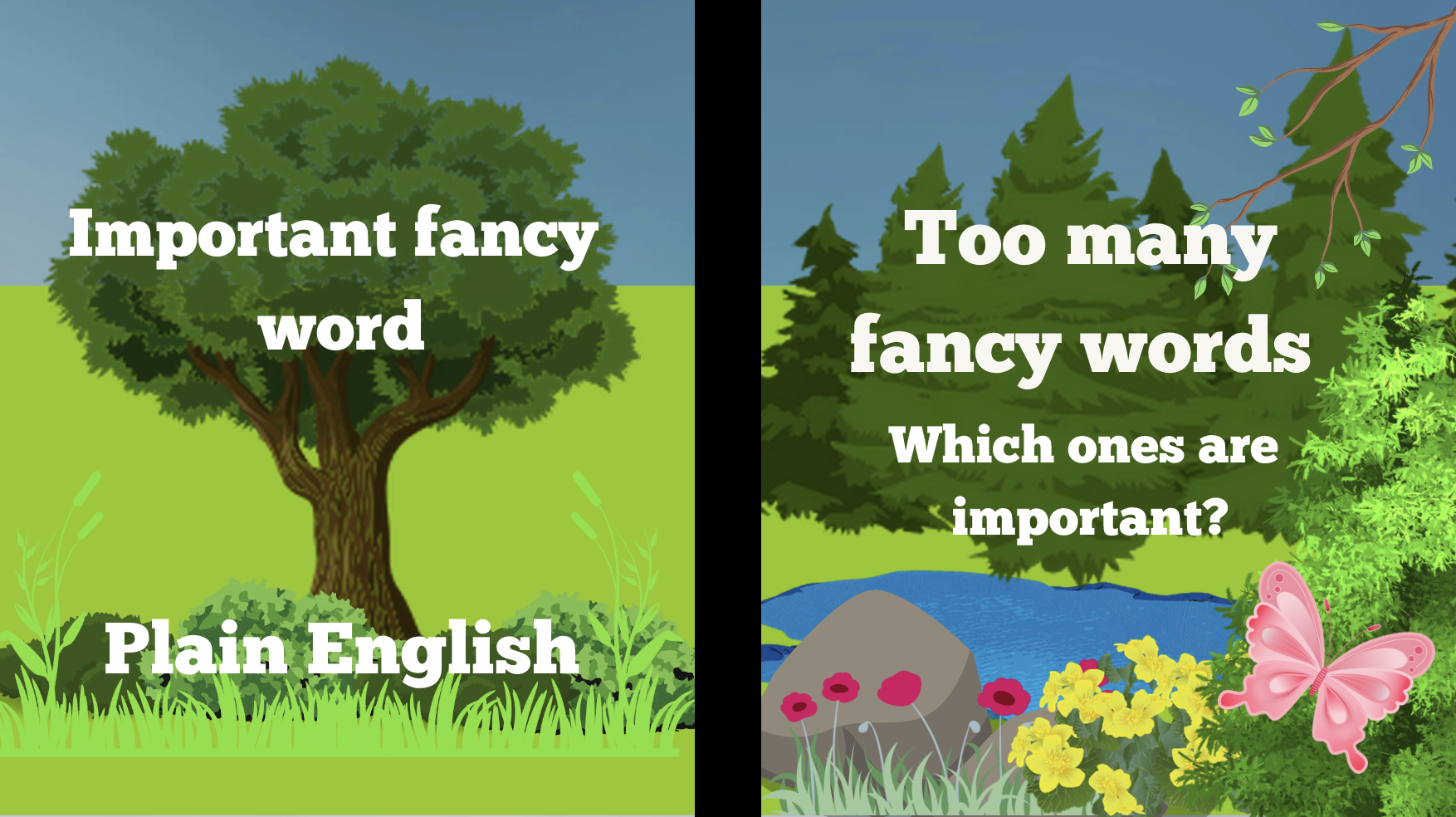I have heard the terms “Global English” and “Plain English”. I understand they both mean you should use simpler language so your audience can understand you. But is there a difference between them? Or does “Global English” mean the same thing as “Plain English”?
—Cristina
Like Cristina, you may be familiar with the terms Global English and Plain English (especially if you’ve been following this blog). Although there is some overlap, these two terms are not interchangeable.
So let’s take a closer look at Global English and Plain English. We’ll examine what makes them different and when to use each one.
Need Editing and
Proofreading Services?

What is Plain English?
Plain English is a style of writing that is best suited for an audience that can already speak English well. These are usually native speakers, but they might also be fluent non-native speakers who have lived in an English-speaking country long enough to really understand the culture. Either way, Plain English is fitting for situations where the different parties don’t all work in the same field and don’t use the same workplace terminology.
Some key features of Plain English are:
- Short sentences
- Common vocabulary
- Active voice
- Logical structure
- Only a little jargon, if necessary
For example, let’s say you’re an estate attorney. You’re meeting with a new client who is a native English speaker, but he works as a tool and tie maker and has no legal background. He wouldn’t be able to understand all the legal jargon that you routinely use when you communicate with your fellow lawyers, judges, and court employees. So you use Plain English while you explain to the client which papers need to be filed and what steps need to be taken in regard to his late grandfather’s estate. If you do need to include legal terminology, you go slowly and introduce just one or two necessary terms at a time. You don’t bombard the client with strange “fancy” words.

While our example situation focuses on the legal profession, Plain English can also help you communicate more clearly if you work in other fields, such as business, finance, healthcare, education, technology, engineering, insurance, the skilled trades, law enforcement, and even in sports!
What about Global English?
Global English goes a step further than Plain English. It is intended for international audiences, particularly those that consist of non-native English speakers from different language backgrounds.
Global English focuses on:
- Avoiding idioms and cultural references
- Choosing words with clear, direct meanings
- Awareness of how grammar and vocabulary might translate
- Ensuring clarity across cultural and linguistic boundaries
Going back to an example from one of our previous blog articles, a common idiomatic phrase like “back to the drawing board” might work fine in a Plain English internal memo in the U.S., Canada, Australia, or the U.K. But in a message to clients in Japan, Brazil, or Germany, it might lead to confusion, even if those clients can read English pretty well. A better Global English version might be: “Let’s try a new plan.”
Plain vs. Global: Some example sentences
To further illustrate the difference between Plain English and Global English, we’ll look at some example sentences. Each one of the original sentences includes business jargon that might be unclear or confusing to anyone who is unfamiliar with business speak. Then we will examine some alternative versions of these sentences in both Plain English and Global English.
| Original Sentence | Plain English | Global English |
|---|---|---|
| “This new tool represents a paradigm shift in customer engagement.” | “This new tool brings a major change to how we connect with our customers.” | “This new tool changes the way we talk to and work with our customers.” |
| “Please align this with our Q3 OKRs.” | “Please match this with our Q3 goals.” | “Please make sure this fits with our goals for the third quarter of the business year.” |
| “We need to prioritize onboarding new talent.” | “We need to make training our new employees a priority.” | “It is important for us to teach new workers how to do their jobs.” |
| “We need to leverage our core competencies.” | “We should focus on our main strengths.” | “We should concentrate on the things we do best.” |
| “We’re pivoting our strategy.” | “We’re changing our strategy.” | “We are choosing a new way to reach our goal.” |
| “We have identified a key pain point.” | “We have discovered a major problem.” | “We have found a big problem.” |
| “We’re targeting new verticals in the healthcare and education sectors.” | “We’re focusing on new industries, including healthcare and education.” | “We want to sell to new types of businesses, such as medical clinics and schools.” |
| “We need to synergize across departments to maximize output.” | “We need to work together across departments to be more productive.” | “Different teams need to help each other so we can work more quickly.” |
| “We’re doubling down on digital.” | “We’re focusing more on digital tools.” | “We are spending more time and money on online tools.” |
| “Give me a ballpark figure.” | “Give me an approximate figure.” | “Please estimate the number.” |
Need Editing and
Proofreading Services?

Regardless of your field or professional background, one rule always applies: know your audience. If you’re writing for native speakers who are unfamiliar with field-specific jargon, then Plain English is your best tool. But if you’re writing for international readers with varying levels of English, then Global English is the smarter choice.
At TextRanch, our expert human editors can help you strike the right tone, whether you need to simplify the language in a scientific newsletter, explain a marketing plan to colleagues in three different countries, or polish up a business email to the CEO of an overseas firm. We’ll help you say what you mean in a way your audience can easily understand.








Ask an Editor: A New TextRanch Feature!
Proofreading vs. Editing: What’s the Difference?
Human Editors: Why Do You Need One?
How can I improve my understanding of native-English speakers? Part 1